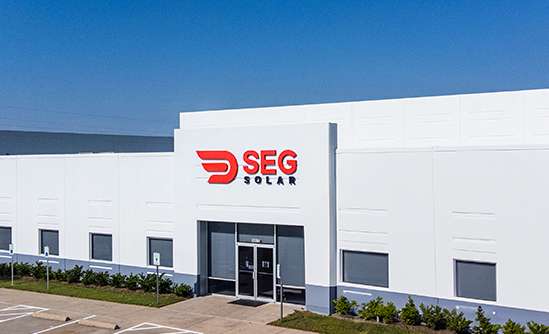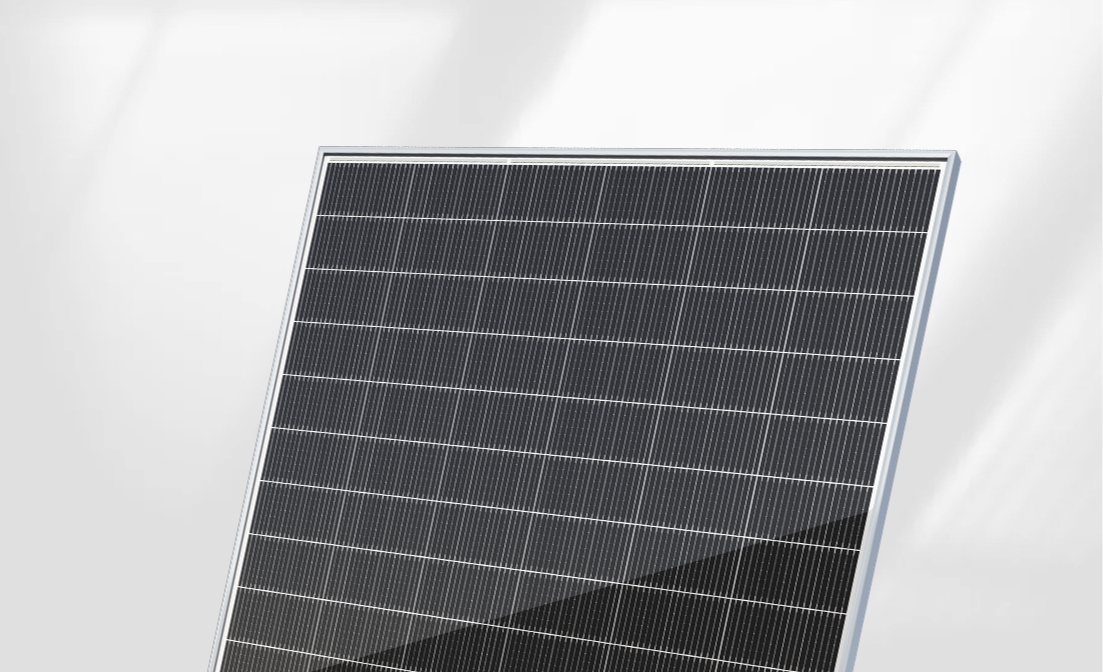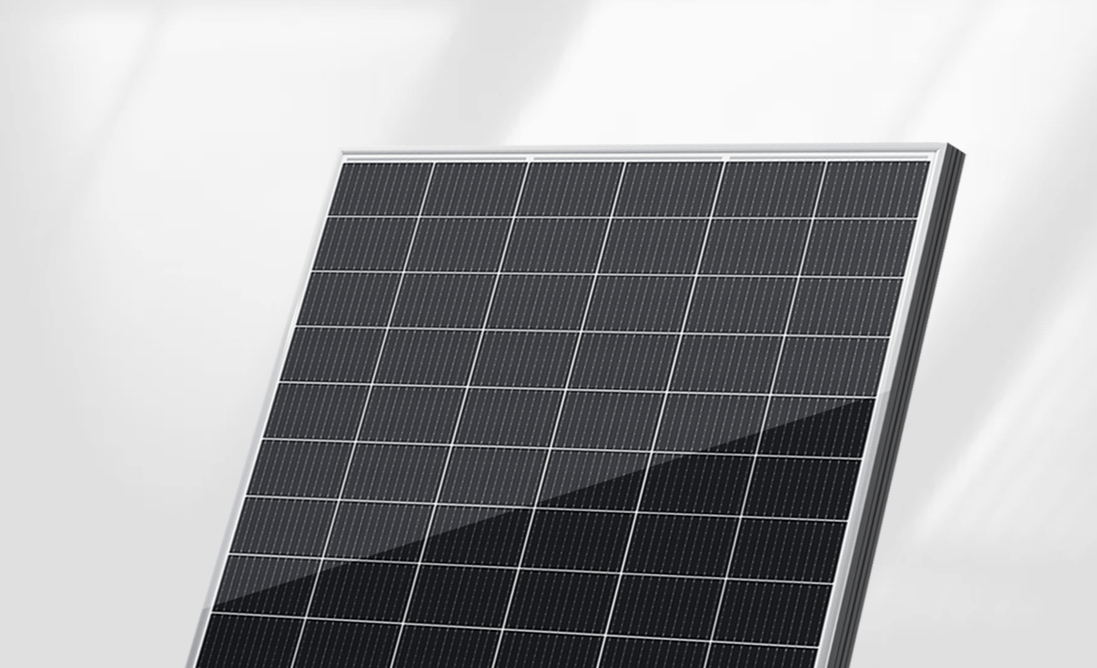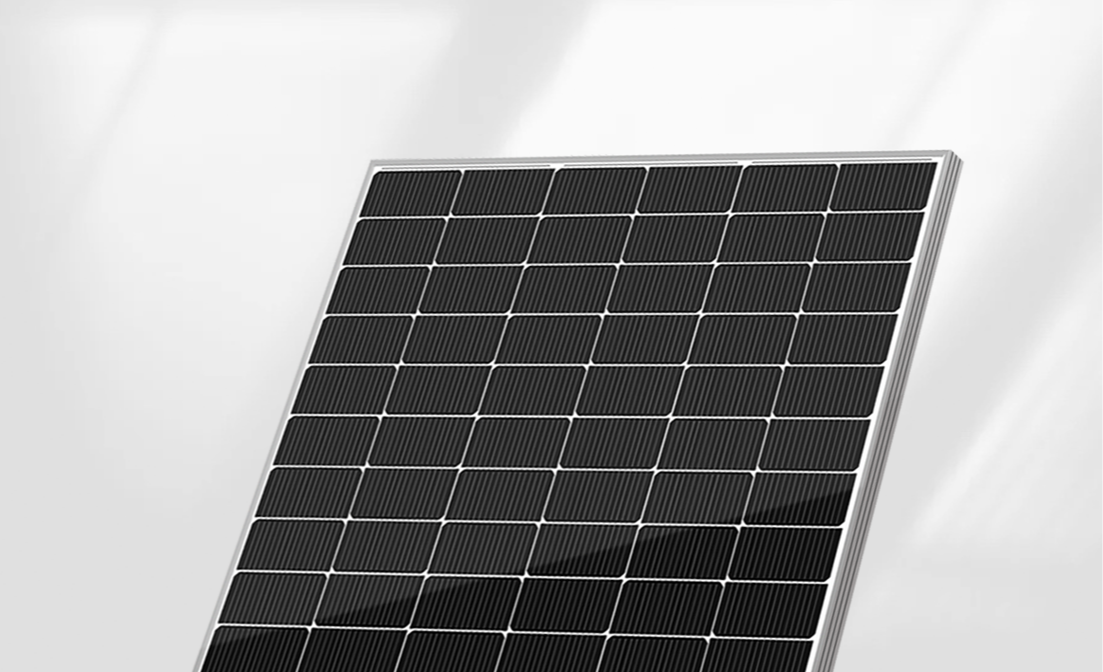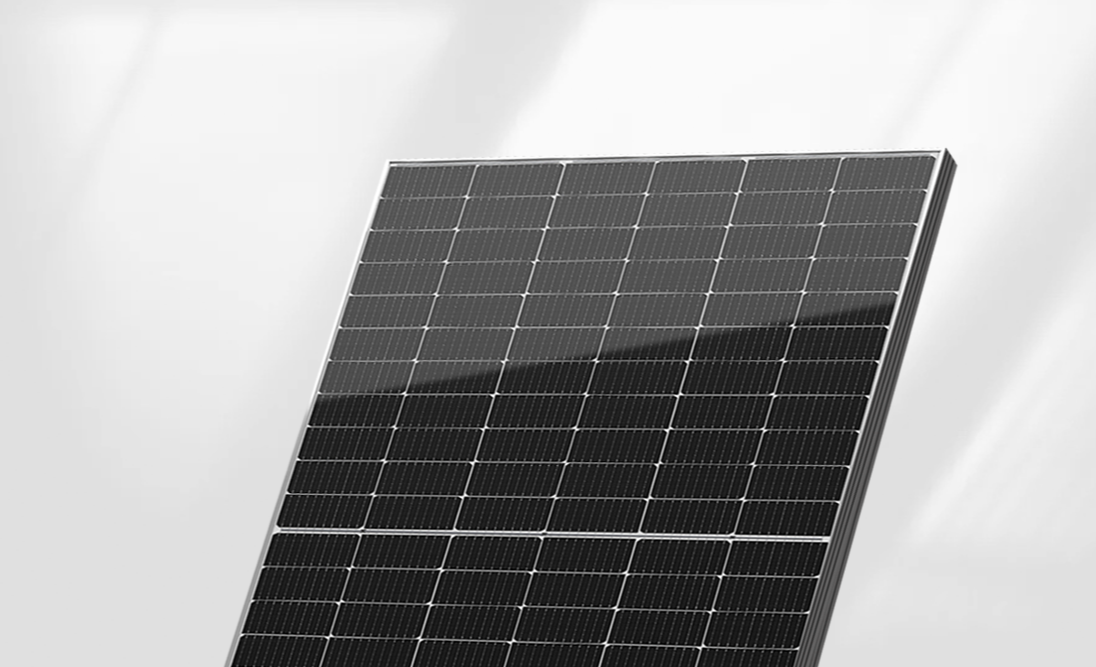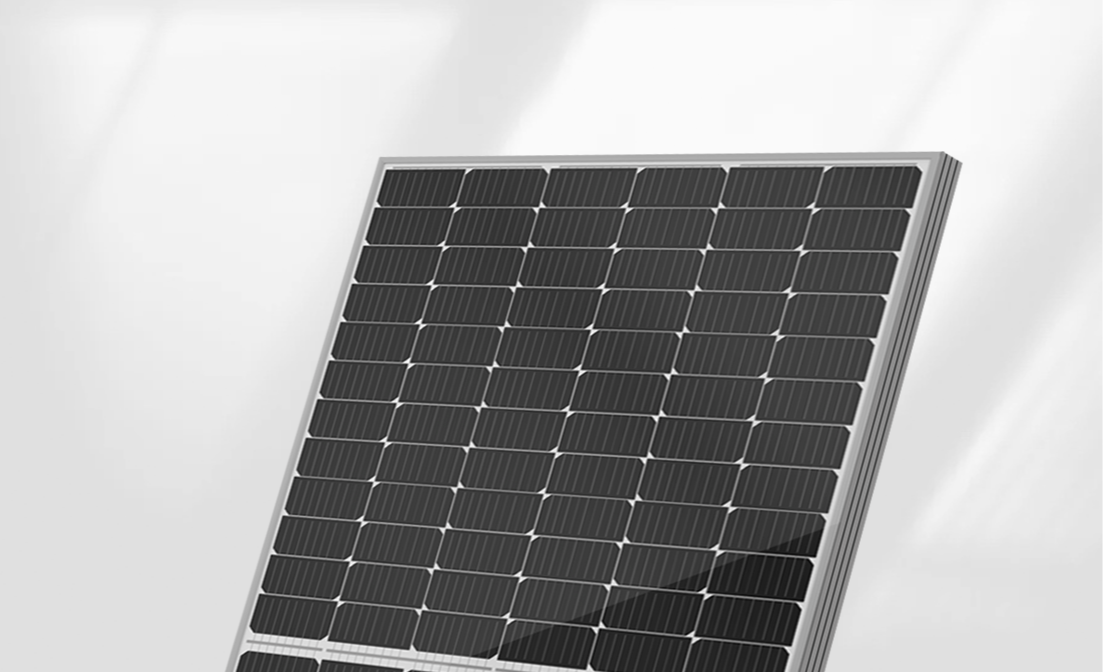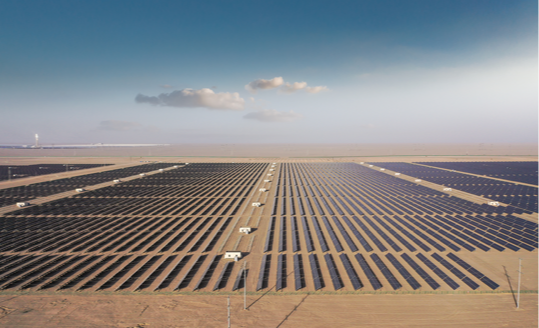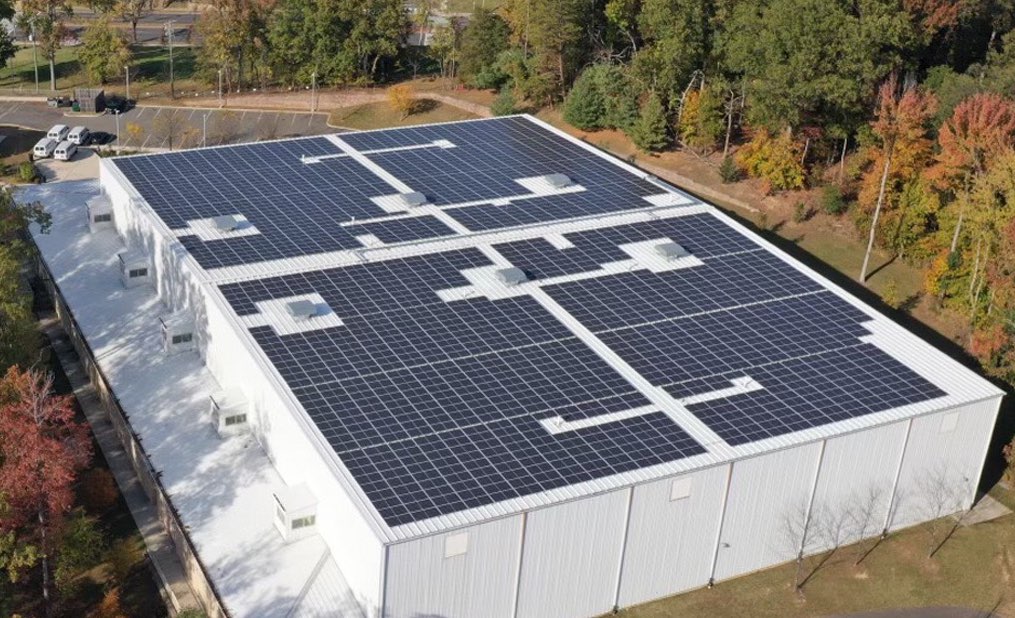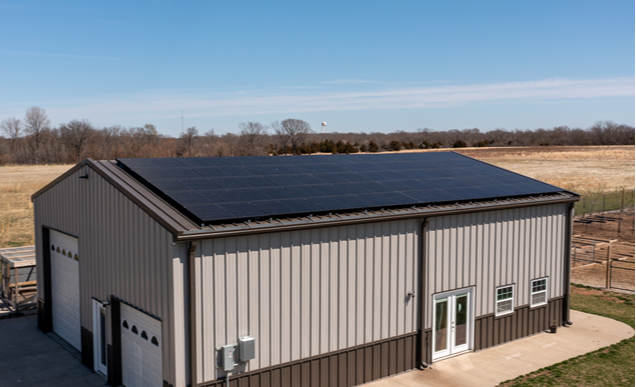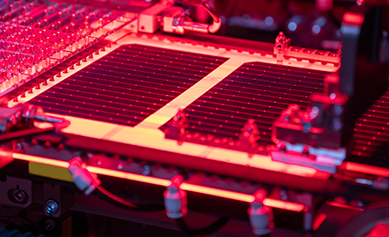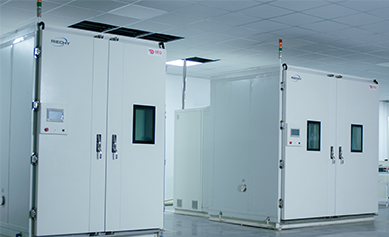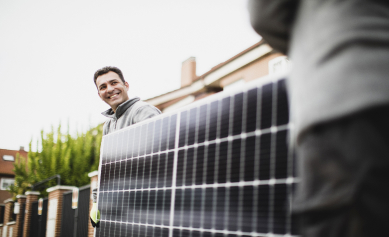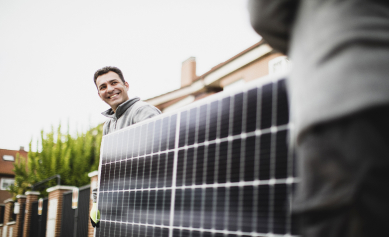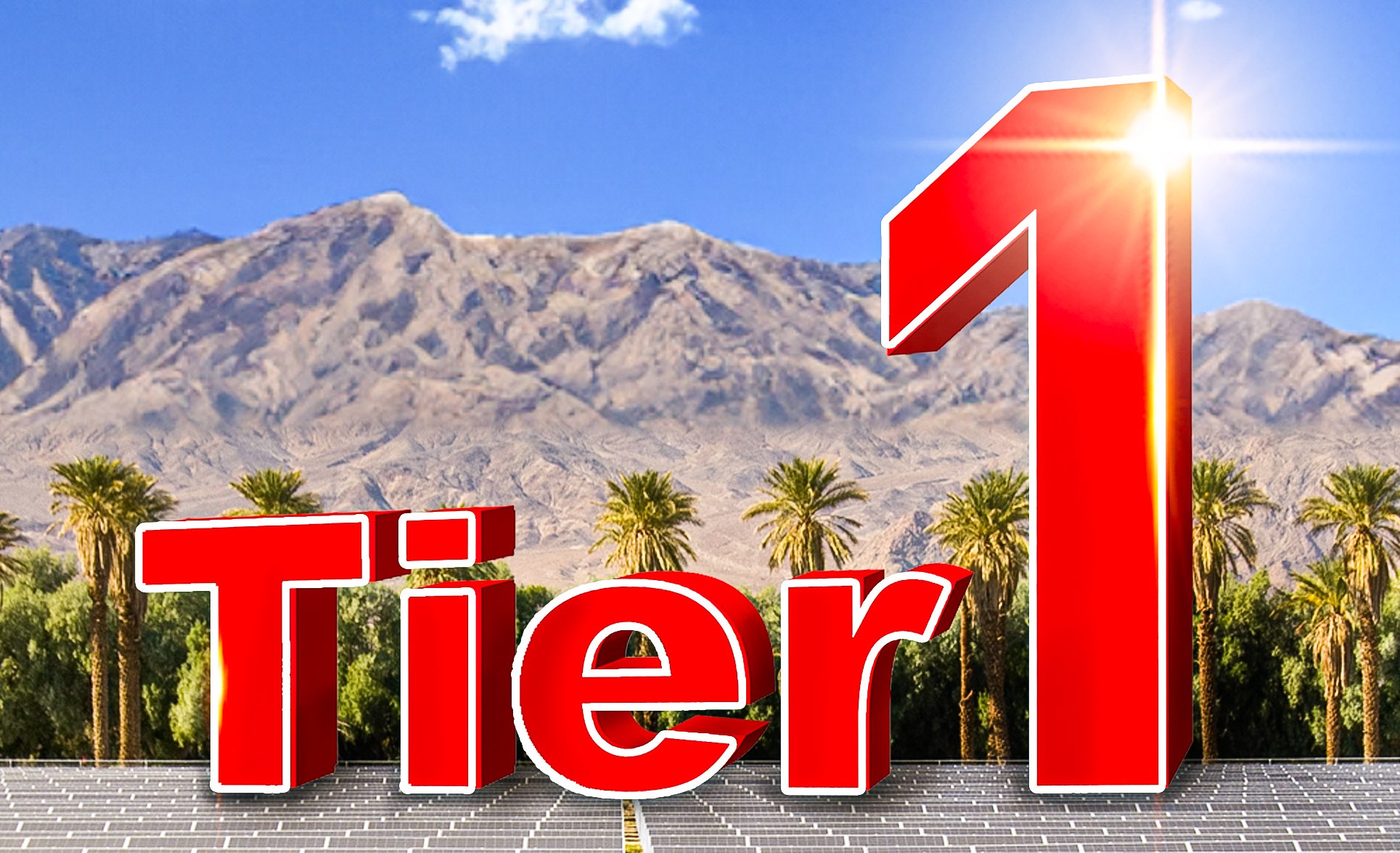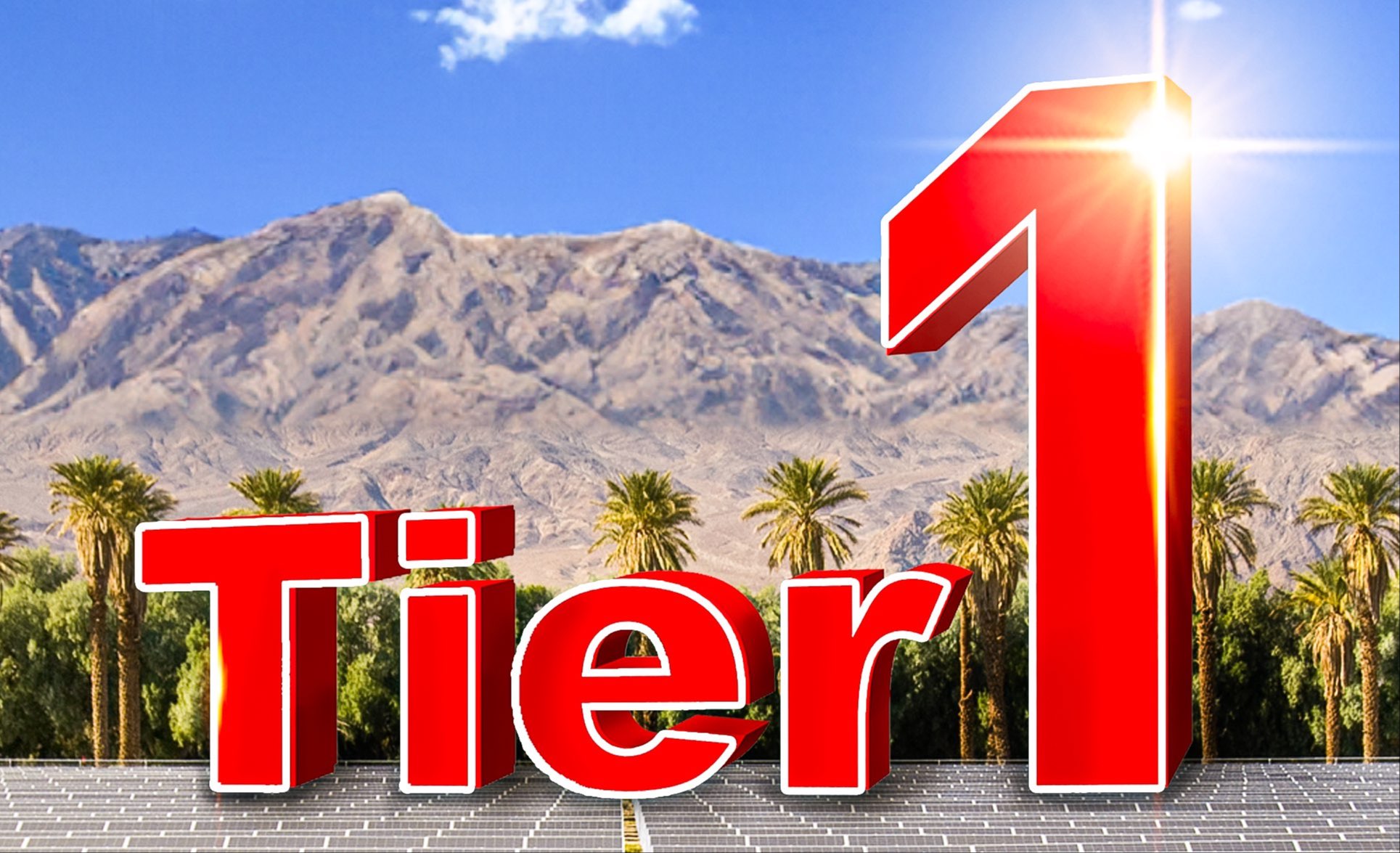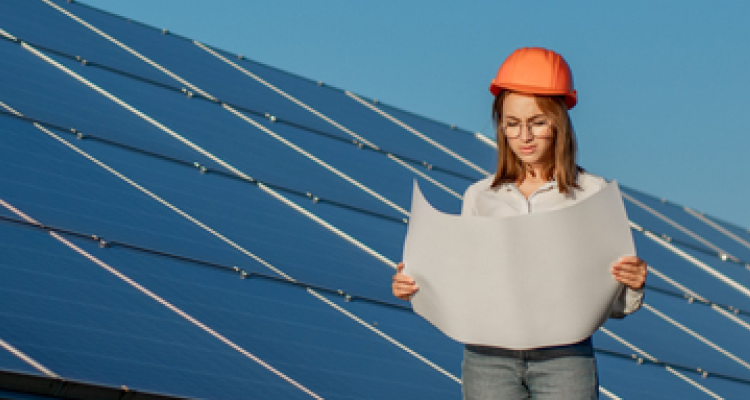-
What is the frequency of cleaning photovoltaic modules?
The frequency of cleaning photovoltaic modules depends on various factors such as the local climate, environmental conditions, and the degree of dirt and dust accumulation. As a general guideline, it's recommended to clean solar panels at least once or twice a year to maintain their optimal performance. However, you might need to adjust the cleaning frequency based on the following considerations:
Location: If your solar panels are located in areas with high levels of pollution, dust, pollen, or bird droppings, you might need to clean them more frequently.
Climate: Regions with less rainfall or higher temperatures might lead to more dirt buildup on the panels. In such areas, you may need to clean the panels more often.
Seasonal Changes: Cleaning frequency can also vary with the seasons. For instance, during the rainy season, panels might get naturally cleaned by rainfall, but during dry periods, manual cleaning might be necessary.
Efficiency Loss: Monitor your system's energy production regularly. If you notice a decrease in energy output over time, it might be an indication that the panels need cleaning.
Angle and Tilt: Panels installed at steeper angles may be less prone to dust buildup due to rainwater runoff, while panels with shallow angles might need more frequent cleaning.
-
What are monocrystalline and polycrystalline photovoltaic modules?
Monocrystalline panels are made from single-crystal silicon cells, offering higher efficiency.
Polycrystalline panels use multiple crystal fragments and are slightly less efficient but often more affordable.
-
Do photovoltaic modules require maintenance?
Solar panels generally require minimal maintenance. Regular cleaning to remove dust and debris and occasional inspections for damage are recommended.
-
Do photovoltaic modules work on cloudy days?
Yes, solar panels can generate electricity on cloudy days, although their output will be lower compared to sunny days.
-
How are photovoltaic modules installed?
Solar panels are typically mounted on rooftops or ground-mounted structures using racks or frames. They should be installed facing south (in the Northern Hemisphere) to maximize sunlight exposure.
-
What is the lifespan of photovoltaic modules?
Most PV modules come with warranties of 20 to 25 years. However, well-maintained panels can continue to generate electricity beyond their warranty period.
-
What is the efficiency of photovoltaic modules?
Efficiency refers to the percentage of sunlight that a solar panel can convert into usable electricity. Modern PV modules typically have efficiencies ranging from 15% to 25%.
-
How do photovoltaic modules work?
Photovoltaic modules generate electricity through the photovoltaic effect, where sunlight excites electrons in the semiconductor material, creating a flow of electric current.
-
What is a photovoltaic module?
A photovoltaic module, commonly known as a solar panel, is a device that converts sunlight into electricity using semiconductor materials like silicon.
-
What is the temperature coefficient of the N-type component?
The temperature coefficient of the conventional PERC battery is generally -0.45% to -0.35%/℃, and the temperature coefficient of the TOPCon battery is generally -0.29% to -0.28%/℃.
-
When does the product warranty period start?
The warranty period for photovoltaic modules usually starts from the date of purchase or installation, not from the manufacturing date of the modules. This is because the warranty is designed to cover any manufacturing defects or performance issues that might arise during the period from purchase to installation and use.
The specific start date of the warranty period might vary depending on the manufacturer and supplier, so it's advisable to review the relevant product warranty terms and conditions before purchasing photovoltaic modules. Typically, the warranty period for photovoltaic modules will be clearly stated in the product specifications and warranty documentation. Make sure to have a clear understanding of the warranty terms before making a purchase so that you can receive the appropriate support and service in case repairs or warranty claims are needed.
-
What is the difference between a monoficial module and a bificial module?
Single-sided glass photovoltaic modules and double-sided glass photovoltaic modules are two different types of solar panels with differences in structure and performance. Here are the main differences between them:
Structure:
Single-Sided Glass Photovoltaic Modules: These modules use solar cells on the front side, typically covered with a backsheet or backing material on the back side. The front side is usually covered with glass or a transparent material to protect the cells and provide transparency.
Double-Sided Glass Photovoltaic Modules: These modules utilize solar cells on both the front and back sides. Both sides are covered with glass, making the entire module more robust and providing better protection.
Efficiency:
Single-Sided Glass Photovoltaic Modules: Due to having only one side exposed to the sun, its efficiency may be limited by the solar radiation and light absorption on the front side.
Double-Sided Glass Photovoltaic Modules: These modules can receive sunlight on both the front and back sides, potentially increasing efficiency under appropriate conditions. The back-side cells can benefit from reflected and scattered light, improving overall light absorption.
Degradation and Durability:
Single-Sided Glass Photovoltaic Modules: Since the front side is typically exposed to the external environment, it might be more susceptible to harsh weather and environmental factors, affecting cell durability and performance.
Double-Sided Glass Photovoltaic Modules: Due to having glass covering on both the front and back sides, the entire module is more durable and has better resistance to environmental factors.
Cost and Complexity:
Single-Sided Glass Photovoltaic Modules: Generally, manufacturing costs for single-sided glass modules might be lower as they only need to install solar cells and covering materials on the front side.
Double-Sided Glass Photovoltaic Modules: Because they require solar cells to be installed on both the front and back sides, along with more materials used, manufacturing costs could be slightly higher. Additionally, the module structure is more complex.
In summary, double-sided glass photovoltaic modules offer higher efficiency and better durability but might come with increased manufacturing costs and complexity. The choice between these types of modules depends on specific requirements, budget considerations, and installation environments, among other factors.
-
General Safety: Operational Safety Instructions
Before attempting to install, wire, operate and maintain the modules, please read and understand all safety instructions. The module’s solar cell will generate direct current (DC) when it is exposed to direct sunlight or other light sources, and direct contact with electricity live parts of the module, such as terminals, can result in injury or death, irrespective of whether or not the module and the other electrical equipment are connected.
Regardless of whether the PV module is connected to the system or not, when conducting such as installation, grounding, wiring, or cleaning work, appropriate protective equipment such as insulation tools, hard hats, insulated gloves, safety belts and safety insulated shoes should always be used to avoid direct contact with the modules, reduce the risk of electric shock and protect your hands from sharp edges.
Under normal conditions, a solar photovoltaic module is likely to experience conditions that produce more current and/or voltage than reported at standard test conditions. The requirement of National Electric Code (NEC) shall be following to address these increased outputs. In installation not under the requirement of the NEC, the values of lsc and Voc marked on this module should be multiplied by a factor of 1.25 when determining component voltage ratings, conductor current ratings, fuse sizes and size of controls connected to the PV output.
Do not stand, sit, walk, or jump directly on the module package or the module itself.
The PV module does not contain any serviceable parts. Do not disassemble or move any part of the module.
Do not damage or scratch the front-or backside surfaces of the module, as scratches may directly affect the product safety. If you detect any scratches or cuts on the module front- or backside, please do not use the module at all.
Do not put heavy objects or sharp objects on modules.
Do not pull, scratch or bend the output cables with force. Otherwise, the insulation part of the output cables will be damaged, leading to current leakage or electric shock.
Do not insert any conductive material into the connectors attached to the module.
Do not connect or disconnect the module when there is a current flow, or connected with any powered system.
Do not use water to extinguish fires when the module is connected to any powered system.
Do not artificially concentrate sunlight on the module.
Do not drop PV modules or allow objects to hit or fall directly on the modules.
Do not carry modules on your head.
Do not carry modules with ropes.
Do not carry modules on your back.
During the normal operation of modules, they should not be blocked by buildings, trees chimneys, etc. at any time of the day.
Keep the junction box cover closed at all times.
-
What are the advantages of black diamond module used in roofing?
Aesthetic Appeal: Black photovoltaic modules have a sleek and uniform appearance that blends well with most roofing materials, such as asphalt shingles, slate, or metal roofs. This makes them a preferred choice for homeowners who want solar panels that integrate seamlessly with their roof's design.
Enhanced Curb Appeal: The all-black design of these panels tends to be more visually appealing and less obtrusive compared to the blue or multi-colored counterparts. This can enhance the overall curb appeal of a building and may lead to higher property values.
Uniformity: Black panels offer a uniform appearance that can contribute to a clean and sophisticated look on the roof. This is especially important for installations in residential neighborhoods or commercial areas where aesthetics are important.
Discreet Integration: Black solar panels are designed to be inconspicuous and unobtrusive, allowing them to blend seamlessly into the roof's surface. This can be particularly beneficial for maintaining the architectural integrity of historic or aesthetically sensitive structures.
Temperature Performance: Black panels tend to absorb more sunlight and heat compared to blue panels. While this might be a concern in certain cases, it can also be advantageous in cooler climates as the increased heat absorption can help improve the panels' overall performance by reducing temperature-related losses.
Heat Dissipation: The dark color of black panels can aid in heat dissipation, which can help prevent the buildup of heat and potential hot spots that might affect the efficiency and longevity of the solar panels.
Customization: Some manufacturers offer customizable options for the appearance of black panels, allowing customers to choose the frame color, texture, and other design elements to better match their specific roof and preferences.
Market Demand: As the solar industry matures and more homeowners and businesses adopt solar energy, there is a growing demand for solar panels that not only generate clean energy but also look good on rooftops. Black photovoltaic modules cater to this demand.
It's important to note that while black solar panels have these aesthetic and practical advantages, their efficiency and power output are not significantly different from traditional blue panels. When choosing solar panels, it's essential to consider factors like efficiency, cost, warranty, and local solar incentives in addition to aesthetics.
-
How can rooftop solar power system increase power generation
To enhance the electricity generation of a rooftop solar power system, several strategies can be employed:
Optimal Panel Orientation and Tilt: Position solar panels at an angle and orientation that maximizes their exposure to sunlight. In the Northern Hemisphere, panels should typically face south for maximum sunlight exposure. The tilt angle can be adjusted based on the latitude of the installation site.
Shading Avoidance: Ensure that the solar panels are not shaded by nearby buildings, trees, or structures, as shading can significantly reduce overall system performance. Regular maintenance of surrounding vegetation can prevent shading issues.
High-Efficiency Panels: Choose solar panels with high energy conversion efficiency. Higher efficiency panels can generate more electricity from the same amount of sunlight.
Advanced Tracking Systems: Implement solar tracking systems that adjust the angle and orientation of the panels throughout the day to track the sun's movement. While this is more common for large-scale installations, it can increase energy production.
Regular Cleaning and Maintenance: Keep the solar panels clean and free from dust, dirt, and debris. Regular cleaning ensures maximum sunlight absorption and efficient energy conversion.
Inverter Efficiency: Select high-quality inverters that efficiently convert the DC power generated by the panels into AC power for use in homes or businesses. Inverter efficiency can impact overall system performance.
Battery Storage: Incorporate energy storage solutions like batteries to store excess energy generated during sunny periods for use during cloudy or nighttime hours. This helps maximize self-consumption and energy utilization.
Panel Quality and Age: Choose reputable solar panel manufacturers and ensure that the panels are of high quality. Over time, the efficiency of solar panels can degrade, so monitoring their performance is essential.
Panel Cooling: Implement cooling solutions that prevent panels from overheating, as high temperatures can reduce panel efficiency. These solutions might involve improving ventilation or using materials that dissipate heat effectively.
Efficient Wiring and Design: Optimize the layout and wiring of the solar panels to minimize energy losses due to resistance in the wiring. Proper design can help reduce voltage drop and improve overall system efficiency.
Smart Energy Management Systems: Utilize advanced energy management systems that enable real-time monitoring, data analysis, and optimization of energy production and consumption patterns.
Economic Incentives: Leverage available government incentives, tax credits, and rebates that encourage the adoption of solar energy systems. These incentives can help reduce the initial cost and improve the return on investment.By implementing these strategies, a rooftop solar power system can significantly enhance its electricity generation and overall performance, maximizing the benefits of clean and renewable energy generation.
Your privacy is very important for us. When you visit our website, please agree to the use of all cookies. For more information about the processing of personal data, please go to Privacy
HAVE A QUESTION?
Please fill out the form below to contact us online.






